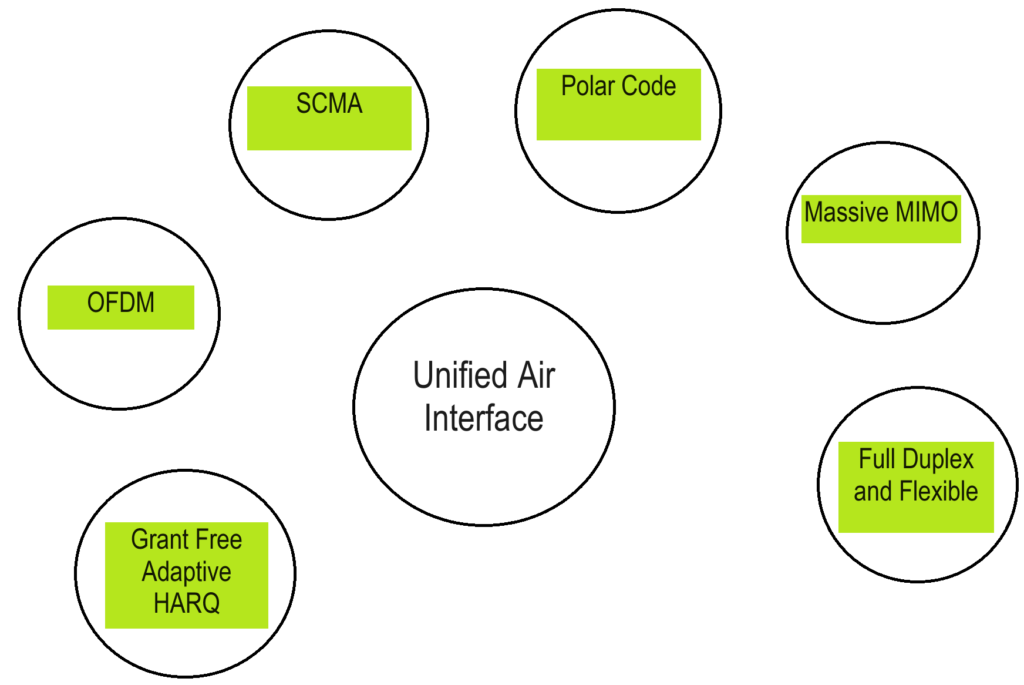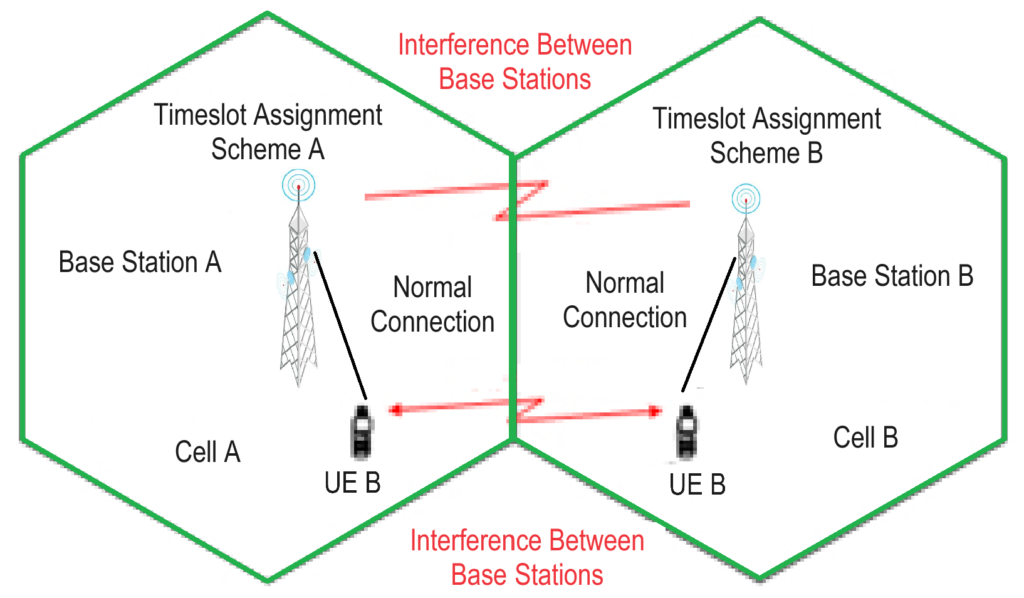5G networks introduce several key air interface technologies that significantly impact network planning and deployment. These technologies include advanced channel coding, new waveform designs, multiple access schemes, massive MIMO (Multiple Input Multiple Output), and flexible/full duplex communication. Each of these innovations brings its own set of challenges to the traditional approaches used in radio frequency (RF) planning and network optimization.

Challenges Raised by 5G Air Interfaces.
1. Massive MIMO
Antenna Patterns
Massive MIMO (Multiple Input Multiple Output) represents a significant shift from traditional antenna patterns. Instead of sector-level fixed wide beams, massive MIMO employs user-level dynamic narrow beams. This technology significantly improves spectral efficiency by introducing Multi-User MIMO (MU-MIMO), which allows multiple users with low beam correlation to use the same frequency simultaneously.

Challenges in Traditional Network Planning
Traditional network planning methods are insufficient to meet the complex requirements of massive MIMO. The planning and prediction of RF parameters, coverage, data rate, and capacity necessitate more sophisticated approaches. Key research areas include:
- User-Level Dynamic Narrow Beam Modeling: This involves simulating capacity by considering the impacts of small-scale channel models on prediction accuracy and simulation efficiency.
- Massive MIMO Antenna Modeling: This involves coverage and data rate simulation by accounting for factors such as electrical level, inter-cell interference, mobility speed, and Single User MIMO (SU-MIMO).
- MU-MIMO Modeling: This includes coverage and capacity simulation by considering the impacts of user equipment (UE) correlation on pairing probability and link performance.
- Downtilt and Beam Planning: Planning the downtilt and beam for the narrow beam sweeping mechanism of massive MIMO is crucial for optimizing performance.
For detailed information on planning and simulating massive MIMO antenna models, “5G WINS Cloud U-Net Simulation Tool Introduction”. For details on RF parameter planning for massive MIMO, refer to article, “RF Parameter Planning.”
2. Flexible Duplex and Full Duplex.
Adapting to Service Asymmetry.
Flexible duplex in 5G supports dynamic uplink and downlink slot assignments based on service requirements. This adaptation significantly improves spectral efficiency by allowing the network to better handle the asymmetry of uplink and downlink services in different cells or areas.

Challenges in Network Planning.
- Interference Prediction: High prediction accuracy is required for interference between base stations and between UEs. Deviation, which is acceptable in traditional network planning, may be intolerable in 5G due to its impact on link and system performance.
- Radio Resource Management (RRM): Fully considering RRM algorithms during network planning is essential. Algorithms such as multi-user scheduling and interference cancellation are introduced to maximize the commercial value of flexible duplex.
Static TDD Slot Assignment.
5G RAN2.0 does not support dynamic TDD, and a specific network planning guide for dynamic TDD has not been developed. For details on static TDD slot assignments, refer to section 6.5.5, “TDD Uplink-Downlink Subframe Configuration Planning.”
3. Channel Coding.
Enhanced Channel Coding: 5G uses advanced channel coding techniques such as LDPC (Low-Density Parity-Check) for data channels and Polar codes for control channels. These coding schemes improve error correction capabilities, enhancing data reliability and throughput. However, they also require more sophisticated processing and optimization to handle the increased complexity and ensure efficient utilization of the available spectrum.
4. Basic Waveform.
New Waveform Designs: 5G introduces new waveform designs to improve spectral efficiency and support diverse use cases. The primary waveform used in 5G is CP-OFDM (Cyclic Prefix Orthogonal Frequency Division Multiplexing), which provides robustness against multipath interference and supports flexible numerology. Implementing and optimizing these waveforms require careful consideration of the propagation environment and interference management strategies.
5. Multiple Access.
Advanced Multiple Access Schemes: 5G employs advanced multiple access techniques such as OFDMA (Orthogonal Frequency Division Multiple Access) and NOMA (Non-Orthogonal Multiple Access). These schemes allow multiple users to share the same frequency resources more efficiently, improving network capacity and user experience. However, they introduce additional complexity in managing interference and resource allocation, necessitating sophisticated network planning and coordination mechanisms.
Impact on RF Planning
The introduction of these advanced air interface technologies in 5G necessitates a shift in traditional RF planning approaches. Key considerations include:
- Beamforming Optimization: Massive MIMO and beamforming require detailed modeling of antenna arrays and their interactions with the environment. Planners must optimize the configuration of these arrays to maximize coverage and capacity while minimizing interference.
- Dynamic Resource Allocation: Flexible duplexing and advanced multiple access schemes demand dynamic resource management strategies. Planners must develop algorithms and tools to adaptively allocate resources based on real-time traffic patterns and user demands.
- Interference Management: The increased complexity of 5G air interfaces introduces new interference challenges. Effective interference management techniques, such as coordinated multipoint (CoMP) and advanced interference cancellation methods, are essential to maintain network performance.
- Simulation and Modeling: High-precision simulation and modeling tools are critical for accurately predicting the performance of 5G networks. These tools must account for the unique characteristics of 5G air interfaces, including beamforming, flexible duplexing, and advanced waveforms.
Conclusion.
The key air interface technologies in 5G advanced channel coding, new waveform designs, multiple access schemes, massive MIMO, and flexible/full duplex communication bring significant improvements in capacity, coverage, and efficiency. However, they also pose substantial challenges to traditional RF planning and network optimization methods.
To address these challenges, network planners must adopt sophisticated modeling and simulation tools, dynamic resource allocation strategies, and effective interference management techniques. By doing so, they can fully leverage the benefits of 5G technologies and ensure optimal network performance.
Read Also: